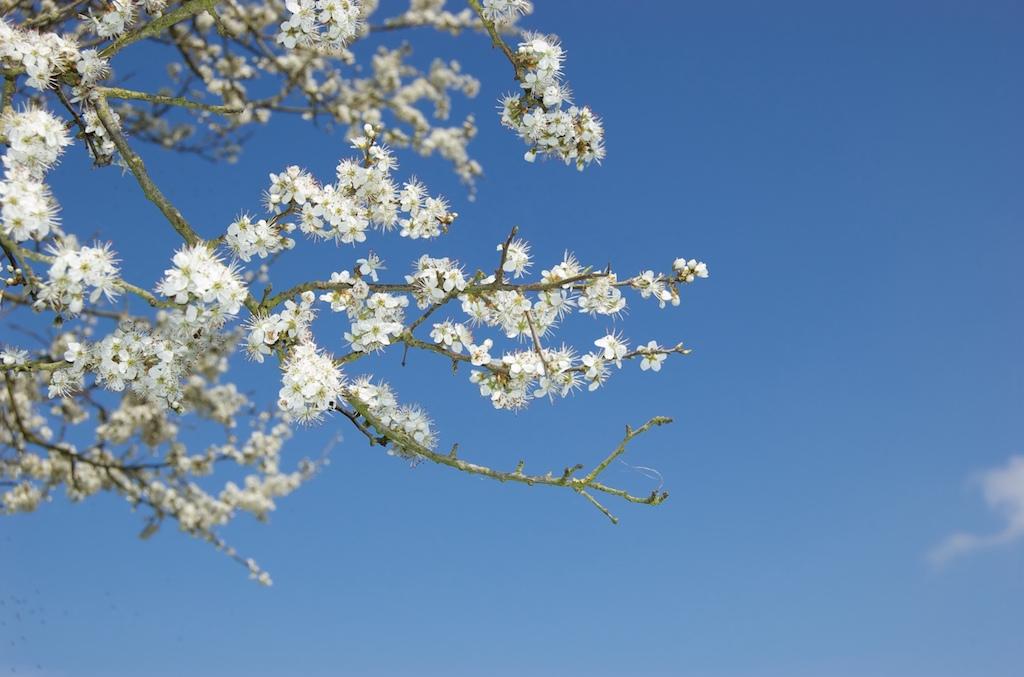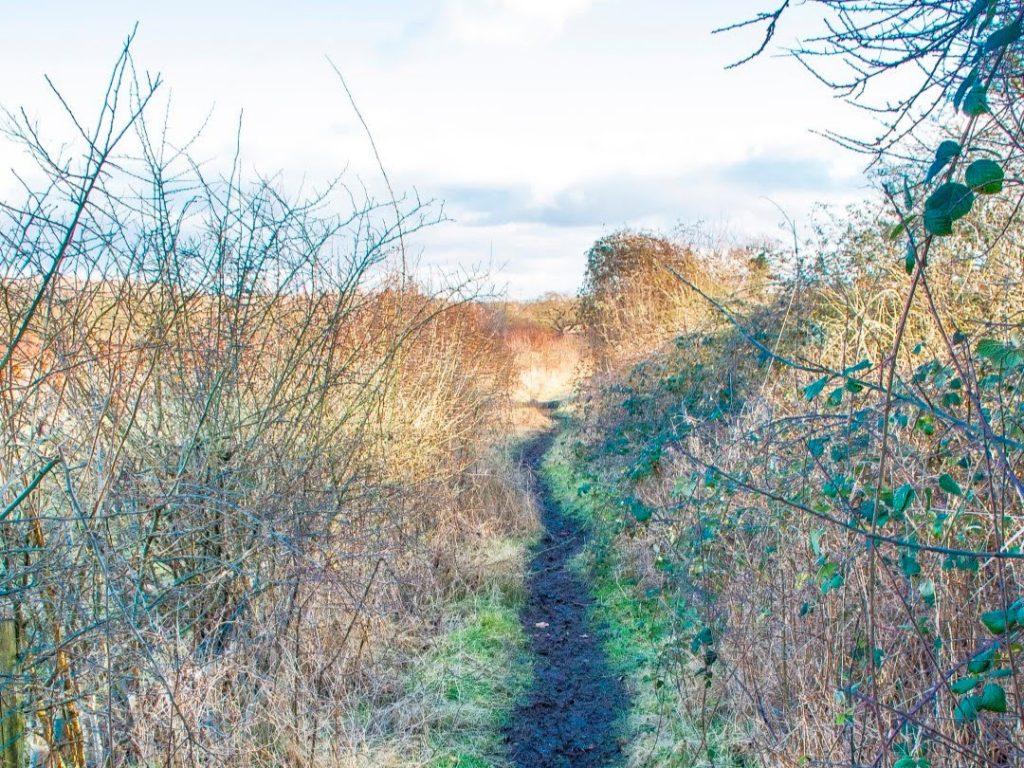
The benefits of blackthorn
Continuing our look at the native trees that grow in the Heart of England Forest, this month sees the spotlight fall on the blackthorn. If there’s one tree that’s a mass of contradictions, it’s the blackthorn: on one hand, it’s known as the “Mother of the Woods,” and on the other, “the Dark Crone of the Woods”…! Blackthorn has perhaps the most sinister reputation in Celtic tree lore, being variously associated with bad luck and witchcraft. But there’s a lot to be said for its benefits…
Two sides to the story
It is perhaps understandable that the blackthorn has such a mixed reputation, as its face changes markedly throughout the year. As spring approaches, the blackthorn’s branches are briefly swathed in a dense covering of the most vibrant white blossom, giving it a joyous and benevolent facade. The winter sees its leaves turn yellow and fall off, leaving a stark and twisted black skeleton exposed. Perhaps this spiny, dark form with its menacing veneer led Celtic tribes of old to attach mystical mythology to this modest tree – not least because witches’ wands were made of blackthorn wood!
To this day, the ominous qualities of the blackthorn are maintained through the enduring fairy tale of Sleeping Beauty, as it is through a thick hedge of blackthorn that the prince must battle to save his slumbering princess. Farmers still know the value of a blackthorn hedgerow, its spiny interlocking twigs and branches providing a handy natural barrier to keep livestock secure.

An invaluable resource
Often mistaken for hawthorn, there’s an easy way to distinguish the two in springtime: blackthorn brings forth blossom before its leaves, while hawthorn turns green before it whitens with flowers. The blackthorn is a hermaphrodite, meaning that both male and female parts are found on one flower. These flowers appear either singularly or in pairs in March and April and, once pollinated by insects, they develop into blue-black fruits known as sloes – a favoured autumn snack of the bird population, and popular with the makers of homemade gin!

Nectar and pollen source
Blackthorn’s early flowering means a welcome source of nectar and pollen for bees in the early spring. Its foliage is a food plant for the caterpillars of many moths, including the lackey, magpie, common emerald, swallow-tailed and yellow-tailed moths. They are also popular with rare black hairstreak and brown hairstreak butterflies – in case you missed it last time, the search is on for the eggs of the latter in parts of the Heart of England Forest.

Human benefits
Throughout the ages, humans have also benefitted from the blackthorn. The fruit and leaves contain tannins, organic acids, sugars and vitamin C. The dried fruits were often used to treat bladder, kidney and stomach disorders, while the liquid from the boiled leaves was used as a mouthwash for sore throats, tonsillitis and laryngitis. It was also reputed to be good for circulation, blood strengthening and nutrient absorption. Meanwhile, durable blackthorn timber has traditionally been used to fashion tool handles and walking sticks. Truly, this unassuming tree hides a multitude of talents!
As the blackthorn trees in the Heart of England Forest explode into bloom, next time you visit take a moment to stop and see who or what you can find feasting on it. Really lucky visitors might catch a glimpse of the brown hairstreak butterfly, but there will be a myriad of other birds and insects bustling about its boughs. Let us know what you see by sending your pictures at info@heartofenglandforest.org or sending them to us on Instagram, Facebook, or Twitter.



